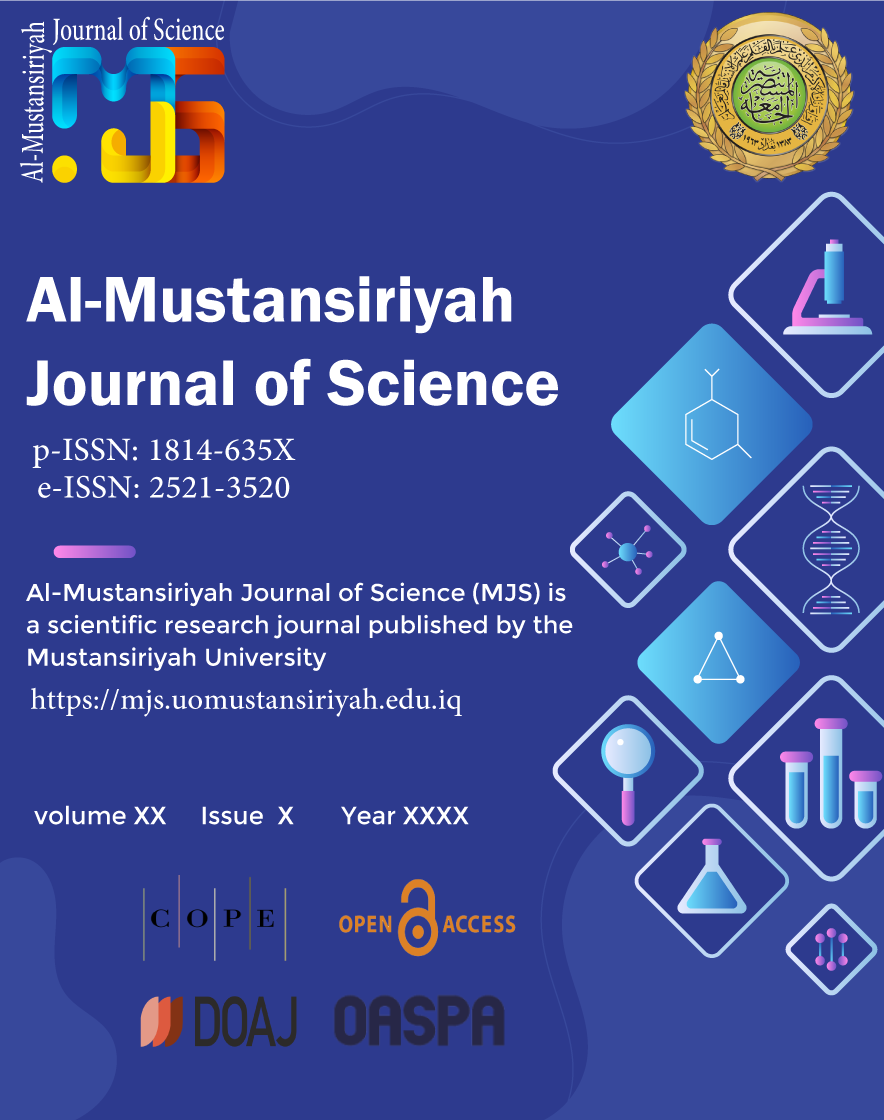Abstract
Klebsiella pneumoniae is a member of coliform bacteria that causes wide ranges of infections including circulatory, respiratory system, urinary tract infections (UTIs), and wounds infections. This study aimed to find the correlation between type 1 and 3 fimbrial genes expression with multidrug resistance (MDR) K. pneumoniaeisolates towards antibiotics. Sixty clinical isolates of K. pneumoniaewere collected from three main types of samples including blood, wound and burn swabs, and urine samples. The diagnosis was confirmed by VITEK-2 system and 16s rRNAhousekeeping gene. The antibiotic sensitivity profile included 16 antimicrobial agents, with extended-spectrum beta-lactamase production. PCR technique was applied to detect four genes of type-1 fimbrial genes: (usher-1, chaperon-1L, chaperon-1S,and fim-H1), beside type-3 fimbrial genes: (MrkA, MrkB, MrkC, MrkD,and MrkF). The results showed that K. pneumoniaeisolates were hundred percent (100%) resistant towards ampicillin, no resistance (0%) was recorded towards tigecycline and ertapenem, while the percentages of resistance for ceftazidem, cefepime, amikacine, and amipenem were 15%, 20%, 51.7%, and 50% respectively, and the isolates showed about (13-71%) resistance to the rest antimicrobials agents. The production of extended-spectrum beta-lactamase was in 40 (66.67%) of total the 60 isolates. There was no relationship according to the statistical analysis between the typesof specimen with the antibiotic resistance rates. For fimbriae type 1 genes, the largest occurrence (90%) was reported in Chaperon-1Sgene and the lowest one was in Usher-1gene (56.6%), while it was above 70% in Chaperon-1Lgene and fim-H1gene of the total K. pneumoniaeisolates. The percentages of type 3 genes MrkA, MrkB, MrkC, MrkD,and MrkFwere: 28.3, 76.6, 85, 51.6, and 63.3% respectively. The type-1 fimbrial genes had no significant correlation among them;however, the type-3 fimbrial genes had significance in their presence at 0.01 and 0.05 levels,as they are located on the same Mrk operon. Finally, the correlation between type 1 and 3 fimbrial genes with the type of specimen and antibiotic resistance was not significant at all.
Keywords
: antibiotic resistance; fimH1; usher-1gene;
